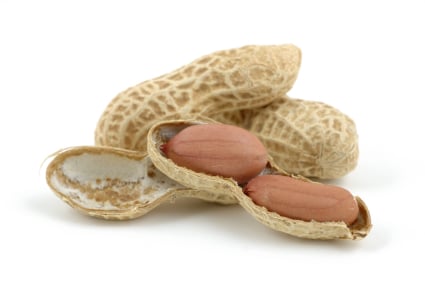Exercise and Nutrition Simplified Here are general recommendations I give most patients regarding exercise and nutrition. High Intensity or...

Exercise and Nutrition Simplified Here are general recommendations I give most patients regarding exercise and nutrition. High Intensity or...